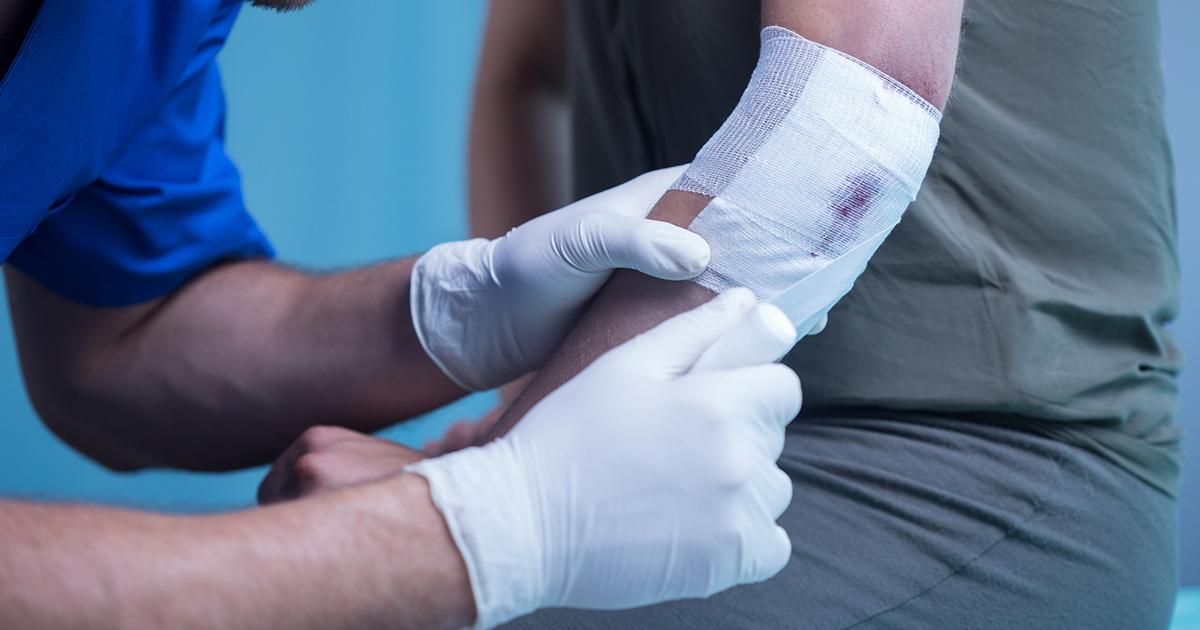Methods Of Treating Cubital Tunnel Syndrome
The ulnar is the largest and most unprotected nerve in the body; It does not have enough soft tissue surrounding it. Anyone with a hand or wrist ailment could have cubital tunnel syndrome, which causes increased pressure on the ulnar nerve on the inside of the elbow. Common symptoms include tingling and numbness in the pinky and ring fingers. This condition becomes worse when the wrist is overextended repeatedly. The repeated motions heighten the compression and swelling of the ulnar nerve. If left untreated, cubital tunnel syndrome can cause weakness and pain in the fingers and eventually the elbow. Treatment relieves the pressure on the ulnar nerve and usually gets rid of symptoms.
Avoid Pressure On Elbows

The ulnar nerve is vulnerable to pressure at the elbow. It has to travel through a narrow space without enough soft tissue for protection. However, certain things can cause pressure. The ulnar nerve has to stretch around the medial epicondyle when an individual's elbow bends. The medial epicondyle is the rounded protuberance of the humerus bone in the upper arm. The ulnar nerve tends to become irritated from stretching. Thus, if individuals repeatedly bend their elbow for long periods, it can cause pain.
Some individuals have problems with their ulnar nerve slipping out from behind the medial epicondyle. The nerve may become inflamed from the constant movement. Individuals can also develop swelling from fluid buildup, which can compress the nerve. It is common for some individuals to sleep with their elbow in a bent position. Unfortunately, this sleep position can aggravate the ulnar nerve, and individuals may wake up with their fingers asleep. For these reasons, avoid pressure on the elbows.
Learn more about treating cubital tunnel syndrome now.
Wear A Protective Splint Or Pad

The ulnar nerve tends to become pinched or compressed at the elbow. Cubital tunnel symptoms usually occur from certain activities, including sitting the elbow on an armrest, as well as repeatedly straightening and bending the elbow.
As symptoms tend to become worse at night, it helps to wear a protective splint or pad to provide resistance to an extreme range of motion. Immobilizing the arm is important when treating symptoms for this condition. A protective splint is often used for a mild case of cubital tunnel syndrome. Individuals can wear it when sleeping to provide support for their arm. After wearing the splint, patients should see an improvement in their discomfort. Protective splints are lightweight and comfortable for daily use. A variety of protective splints made specifical for cubital tunnel syndrome are on the market.
Keep reading for more information on treating cubital tunnel syndrome now.
Ulnar Nerve Decompression Surgery

A surgical procedure is recommended when nonsurgical therapies are not improving symptoms. The ulnar nerve decompression surgery is a procedure that goes through the elbow where the ulnar nerve passes through. The region around the elbow contains several passages that run through connective tissues and muscle, which can compress the ulnar nerve. A surgeon has to go in and remove anything compressing the nerve.
In this procedure, a three- to four-inch incision is made along the side of the elbow deep enough to get to the ulnar nerve. The surgeon will trace the nerve through the different passages to relieve pressure. The ulnar nerve goes across the entire region surrounding the elbow during the procedure. The connective tissues and skin are closed with stitches. After the surgery, the patient's arm is wrapped in a loose bandage. They also have to keep their arm elevated to prevent swelling for the first twenty-four to forty-eight hours. Stitches are removed within ten to fourteen days.
Get details on more treatments for cubital tunnel syndrome now.
Rehabilitation Therapy

A patient's recovery depends on the type of elbow surgery they received. If their arm is wrapped with a soft, loose bandage, they probably only had their medial epicondyle removed. This type of surgery allows them to start rehabilitation therapy sooner.
Rehabilitation starts with full range of motion exercises, and patients have to gradually work their way up to strengthening and stretching exercises. However, it is important to be careful and not overdo it too soon. Patients usually can participate in an active physical therapy program six weeks after surgery. The program shows them how to use their muscle power with full range of motion exercises. They also will start strengthening their hand and forearm with special putty. The exercises consist of stretching and squeezing the putty. They allow patients to work their muscles without overstraining their tissues. The physical therapy program will help their elbow get back to doing regular everyday tasks. It will show patients how to do the tasks without putting extra stress on their elbow.
Uncover more ways to treat cubital tunnel syndrome now.
Surgical Recovery Restrictions

Patients must follow their doctor’s instructions after ulnar nerve decompression surgery to achieve a successful outcome. For instance, patients have to keep their dressing clean and not get it wet while showering. Early movement is encouraged, but there are some restrictions. Patients cannot pull, push or lift anything heavier than a pencil for the first six weeks. It can take from two to three months before they regain normal use of their arm.
It is important to minimize driving while still in bandages, as patients do not want anything to happen to their surgical wound. Patients also should not drive while taking medication. Any return to work will be dictated through a doctor's instructions and largely depends on the type of job.
